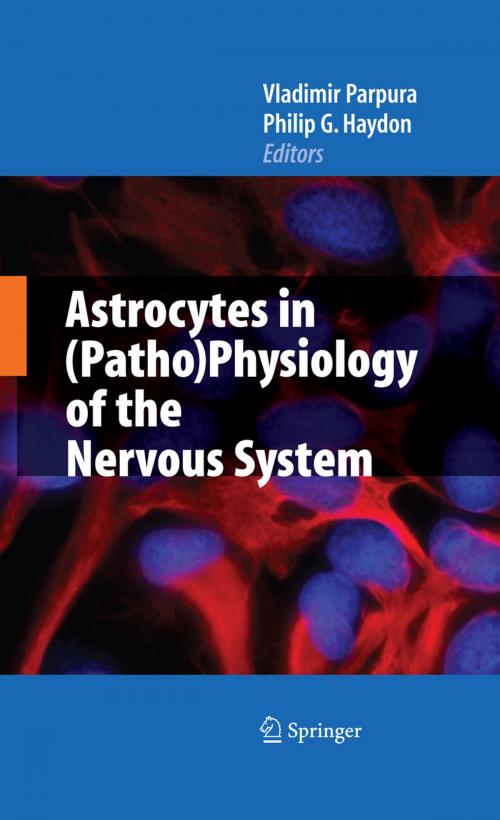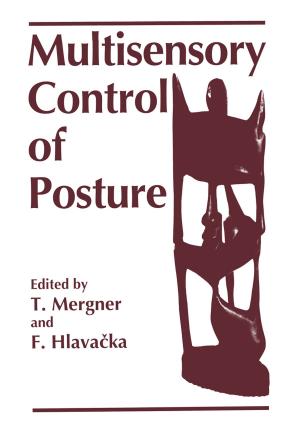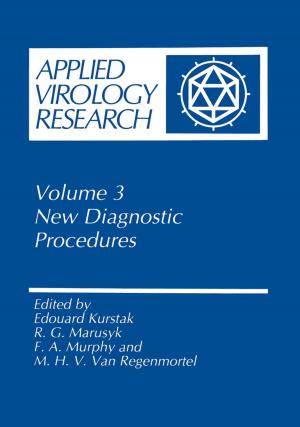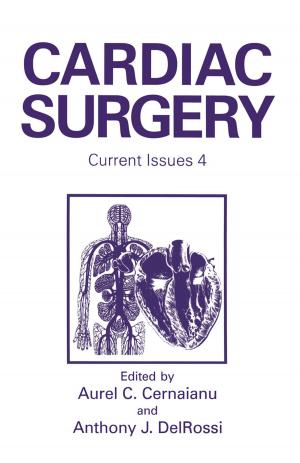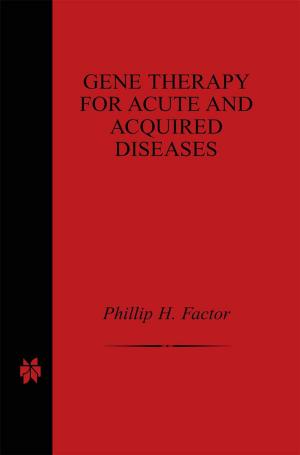Astrocytes in (Patho)Physiology of the Nervous System
Nonfiction, Health & Well Being, Medical, Specialties, Internal Medicine, Neuroscience, Science & Nature, Science, Biological Sciences, Zoology| Author: | ISBN: | 9780387794921 | |
| Publisher: | Springer US | Publication: | December 11, 2008 |
| Imprint: | Springer | Language: | English |
| Author: | |
| ISBN: | 9780387794921 |
| Publisher: | Springer US |
| Publication: | December 11, 2008 |
| Imprint: | Springer |
| Language: | English |
Astrocytes were the original neuroglia that Ramón y Cajal visualized in 1913 using a gold sublimate stain. This stain targeted intermediate filaments that we now know consist mainly of glial fibrillary acidic protein, a protein used today as an astrocytic marker. Cajal described the morphological diversity of these cells with some ast- cytes surrounding neurons, while the others are intimately associated with vasculature. We start the book by discussing the heterogeneity of astrocytes using contemporary tools and by calling into question the assumption by classical neuroscience that neurons and glia are derived from distinct pools of progenitor cells. Astrocytes have long been neglected as active participants in intercellular communication and information processing in the central nervous system, in part due to their lack of electrical excitability. The follow up chapters review the “nuts and bolts” of ast- cytic physiology; astrocytes possess a diverse assortment of ion channels, neu- transmitter receptors, and transport mechanisms that enable the astrocytes to respond to many of the same signals that act on neurons. Since astrocytes can detect chemical transmitters that are released from neurons and can release their own extracellular signals there is an increasing awareness that they play physiological roles in regulating neuronal activity and synaptic transmission. In addition to these physiological roles, it is becoming increasingly recognized that astrocytes play critical roles during pathophysiological states of the nervous system; these states include gliomas, Alexander disease, and epilepsy to mention a few.
Astrocytes were the original neuroglia that Ramón y Cajal visualized in 1913 using a gold sublimate stain. This stain targeted intermediate filaments that we now know consist mainly of glial fibrillary acidic protein, a protein used today as an astrocytic marker. Cajal described the morphological diversity of these cells with some ast- cytes surrounding neurons, while the others are intimately associated with vasculature. We start the book by discussing the heterogeneity of astrocytes using contemporary tools and by calling into question the assumption by classical neuroscience that neurons and glia are derived from distinct pools of progenitor cells. Astrocytes have long been neglected as active participants in intercellular communication and information processing in the central nervous system, in part due to their lack of electrical excitability. The follow up chapters review the “nuts and bolts” of ast- cytic physiology; astrocytes possess a diverse assortment of ion channels, neu- transmitter receptors, and transport mechanisms that enable the astrocytes to respond to many of the same signals that act on neurons. Since astrocytes can detect chemical transmitters that are released from neurons and can release their own extracellular signals there is an increasing awareness that they play physiological roles in regulating neuronal activity and synaptic transmission. In addition to these physiological roles, it is becoming increasingly recognized that astrocytes play critical roles during pathophysiological states of the nervous system; these states include gliomas, Alexander disease, and epilepsy to mention a few.
